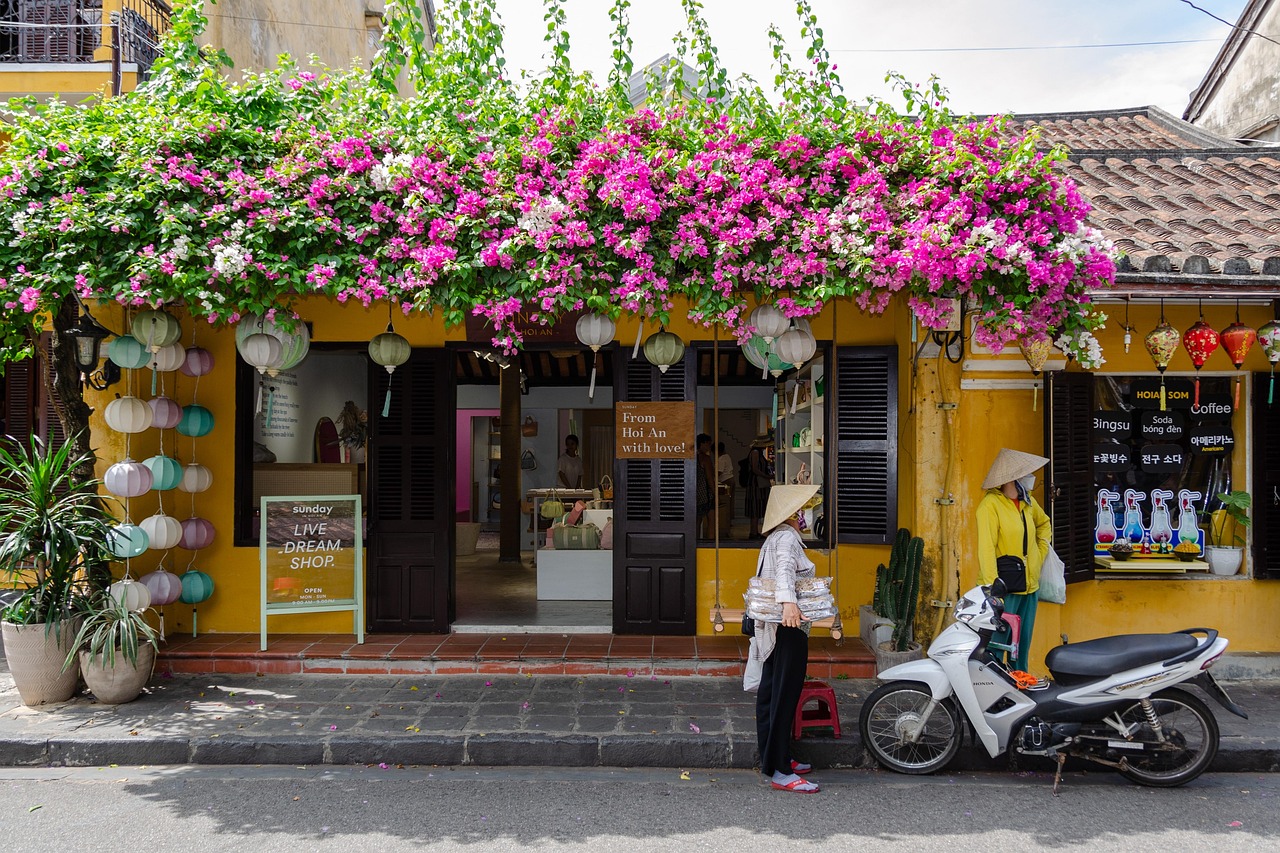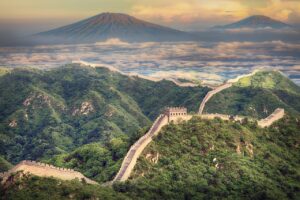Vietnam has a wealth of historic structures, delicious cuisine, culture, and natural beauty that were not destroyed by the twentieth-century battles. We shall learn about the seven main drivers of tourism in Vietnam from this list.
1. Suitable for those who enjoy adventure
Whether you enjoy riding a Russian-made motorcycle or dune skiing. You may always find an adventure in one of Vietnam’s valleys. Climbing the area’s natural karst (limestone) walls and kayaking on Ha Long Bay are examples of adventure sports.
For adventure and travel enthusiasts, Vietnam might be a journey they will not soon forget. When you visit Hoan Kiem Lake in Hanoi, you will see many folks walking along the lake’s edge.
Couples enjoying a dragon boat ride can enjoy the stunning scenery of Ha Long Bay’s karst landscapes to the north. Additionally, Hoi An, an old city in the heart of Vietnam, has a unique reputation as a romantic location, particularly around the full moon. The historic trading village is transformed into a charming and enchanting scene that can be shared with anyone in the vicinity when electric lanterns are lit up.
2. A comfortable move to Vietnam
Vietnam’s land transportation system is a great way to get around if you are not in a rush. You take in the scenery and unwind even when you do not reach your destination right away. Additionally, you get a once-in-a-lifetime experience.
Vietnam’s railway system has also been updated to promote tourism infrastructure and link important cities.
3. Low-cost travel to Vietnam
Vietnam has gained a respectable spot on backpackers’ itineraries because of its inexpensive cost. Vietnam is reasonably priced for eight days of exploration.
Traveling via bus, rail, or local low-cost airlines can save money. Selecting a hotel that fits your budget while still providing a lovely stay is another way to cut expenses.
There are drawbacks to visiting Vietnam by yourself and without any prior research. When planning your trip, keep in mind that fraudsters are a byproduct of tourism.
4. Historic battlegrounds
Most Americans associate Vietnam with the terrible and brutal Vietnam War. The Vietnam War is viewed by the Vietnamese as a successful step in the decolonization process. An important aspect of their national history is the American retreat and the French defeat.
This view is reflected at many Vietnam War sites across the nation. Saigon’s historic combat locations have been transformed into monuments. Numerous museums also portray this conflict as a triumph and a source of pride for Vietnam. Ba Dinh Square in Hanoi, to the north, served as the focal point for the worship of Vietnamese leader Ho Chi Minh.
For both Vietnam War soldiers and others interested in war history, these locations are priceless. Vietnamese people are hospitable and show warmth and respect to guests of all nationalities.
5. Vietnamese cuisine
Vietnamese people are so fixated on eating that it can lead to war. When it comes to how to properly prepare spaghetti, a Saigon local will vehemently disagree with a Hanoi inhabitant. It is difficult to pinpoint what makes Vietnamese cuisine so excellent. However, several classic foods include French and Chinese influences.
6. Culture and civilization
Vietnam’s position at the nexus of several civilizations has had an impact on the planet. After ruling the North, the “Dai Viet” civilization eventually spread throughout the entire nation. Historical structures like the Temple of Literature, an old university that taught the Vietnamese aristocracy for centuries, are examples of their Chinese-influenced culture.
The native population resided south of Dai Viet area. He established an empire that is still present in portions of the South and central Vietnam today. They were Hindus, many of whom subsequently became Muslims, and their culture caused them to clash with their neighbors in the north. The purifiers of Hinduism
The Dai Viet invasion ultimately caused the kingdom to lose its power. Both Malaysia and Cambodia are home to their descendants. Sites like the Champa Mai Son temple complex at Hoi An are still examples of their culture.
7. Vietnam’s natural differences
The nature and makeup of the geology change from north to south. Limestone is considered one of nature’s wonders in the North. like the numerous lakes in Hanoi and Ha Long Bay. close to the town of Mui Ne in the heart of Vietnam. Travelers from all over the world are drawn to red and white sand dunes.
The Mekong Delta in southern Vietnam offers tourists a glimpse of a historic riverbank way of life and an ecosystem that is full of surprises for biologists. Since researchers started looking into the River Delta, some 10,000 new species have been found there.




